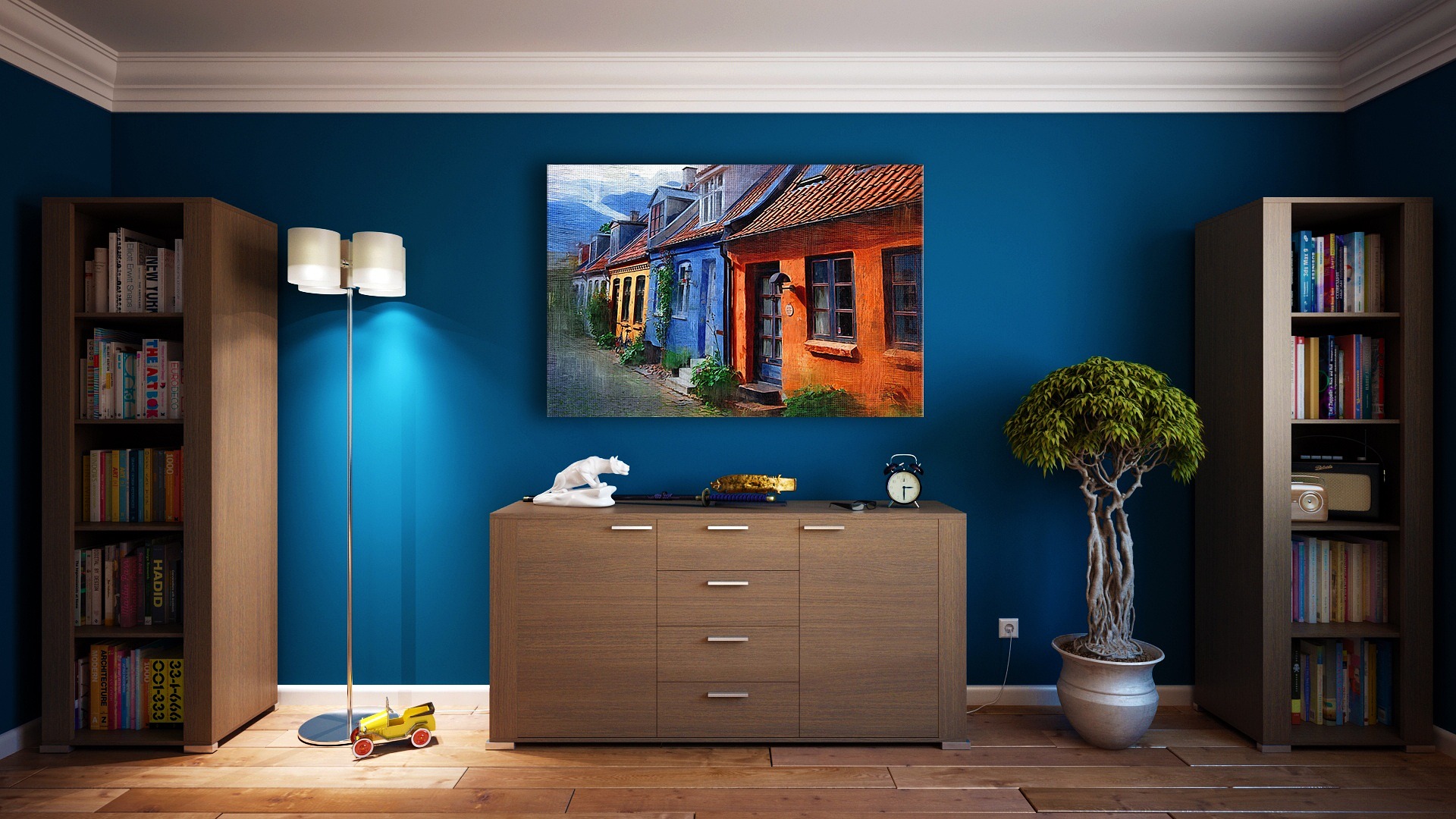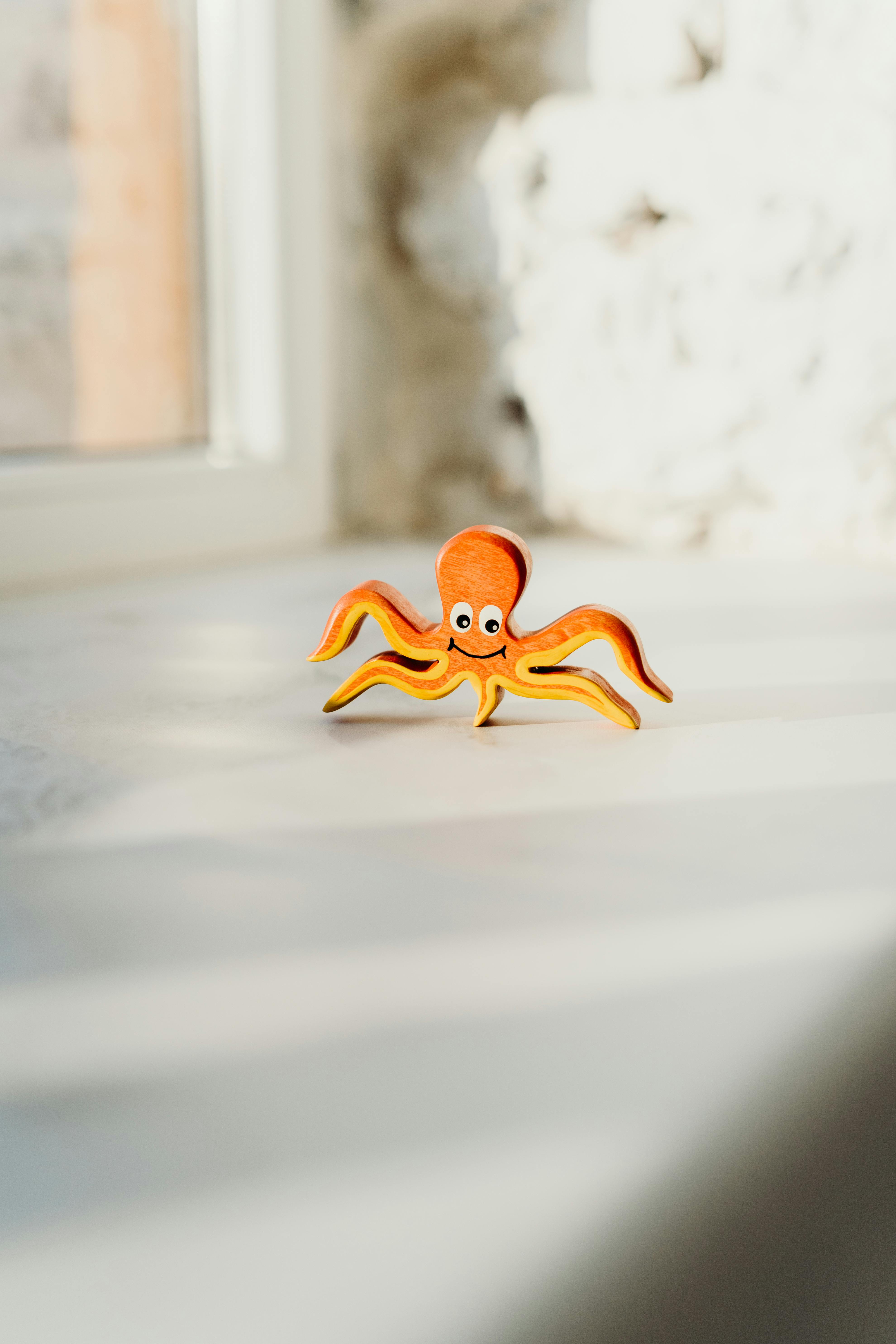"Transforming Compact Spaces: The Rise of Tiny House Living"
Introduction: Living in a world where more is often perceived as better, embracing smaller, more compact living spaces may seem like a step backward. Yet, the trend of tiny house living has been sweeping nations, captivating home and garden enthusiasts with its unique charm and practicality. Let's delve into this fascinating lifestyle choice, its roots, the current trends, and how it enhances everyday living.

The Emergence of Tiny House Living
With roots in the minimalist movement, the tiny house trend began in the early 2000s as a response to the housing market crash and economic downturn. People sought ways to reduce living expenses and carbon footprints, leading to the exploration of smaller, more efficient homes. These compact spaces, typically less than 400 square feet, were designed to maximize functionality without sacrificing aesthetics.
Current Design Trends in Tiny Houses
The tiny house movement has evolved in the past two decades, with design trends shifting to meet modern needs. Multi-purpose furniture, lofted sleeping areas, and ingenious storage solutions are key components of today’s tiny homes. Some even incorporate collapsible features, transforming a living area into a bedroom or workspace as needed. Natural materials, earthy color palettes, and lots of natural light are also common, creating a sense of spaciousness in a limited area.
Expert Insights on Tiny House Living
Experts agree that tiny house living requires a significant lifestyle shift. However, its benefits go beyond financial savings. Living in a tiny house encourages mindfulness, as every item in the home must be carefully chosen for its functionality and aesthetic value. It also fosters a closer connection with nature, as many tiny homes are mobile or situated in peaceful, rural settings.
The Practicality of Tiny House Living
Despite the challenges of compact living, the tiny house movement shows no signs of slowing down. It’s a practical solution for those seeking affordable housing or yearning for a simpler, less materialistic lifestyle. With the rise of remote work, many are also finding that a tiny house can offer the flexibility and freedom they crave.
Tiny House Living: Enhancing Daily Life
Tiny house living isn’t just about downsizing—it’s a statement about what’s truly important in life. By focusing less on material possessions, people are able to invest more time and energy into experiences, relationships, and personal growth. This lifestyle aligns with a growing societal shift towards conscious consumption and intentional living.
In conclusion, tiny house living offers a fresh, innovative approach to home and garden design. It embodies a philosophy that challenges conventional notions of success and happiness, encouraging us to reconsider what we truly need to live a fulfilling life. As we move into an era where adaptability, sustainability, and mindfulness are paramount, it’s clear that the tiny house trend is more than just a fleeting fad—it’s a movement that’s here to stay.




